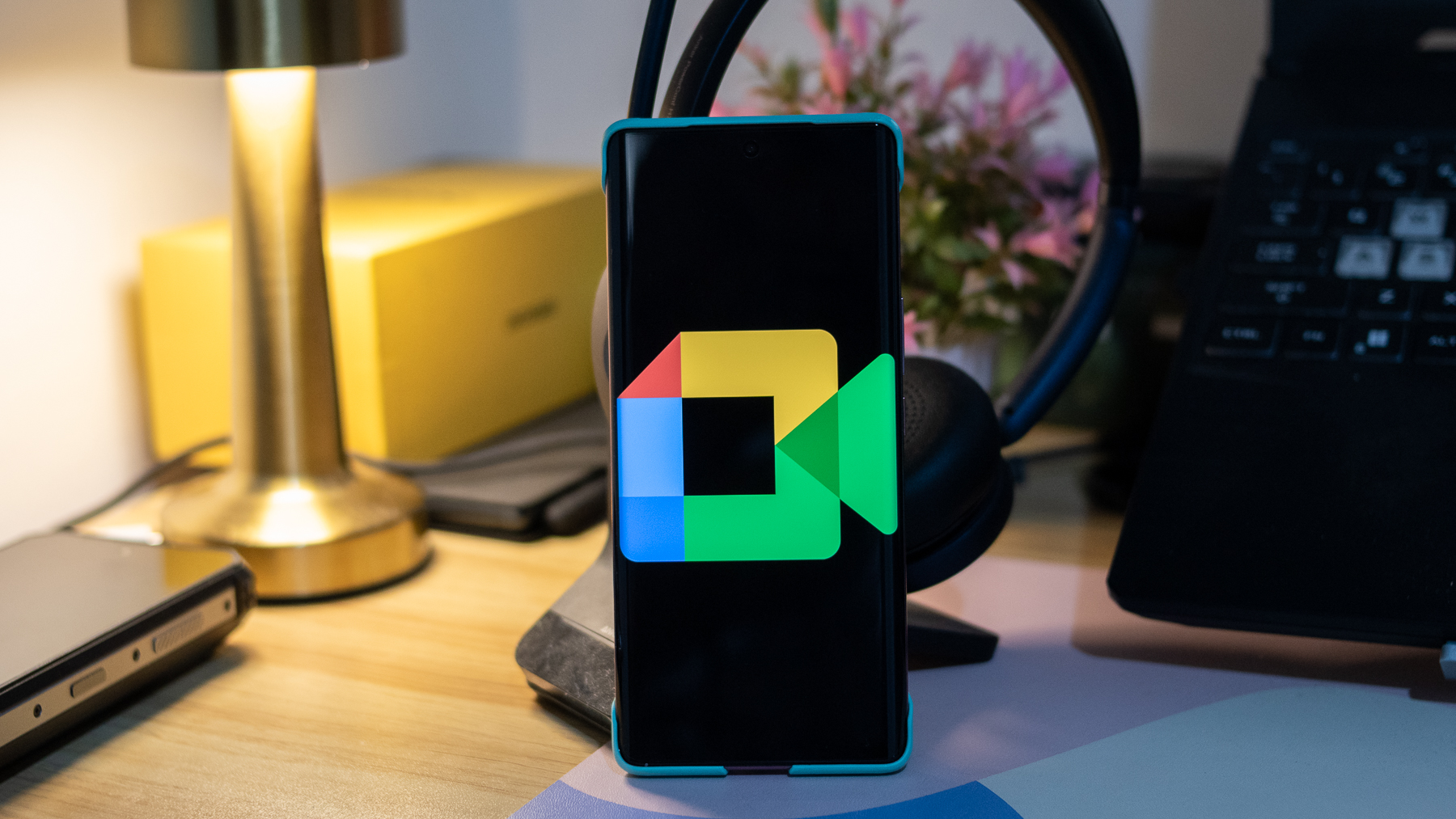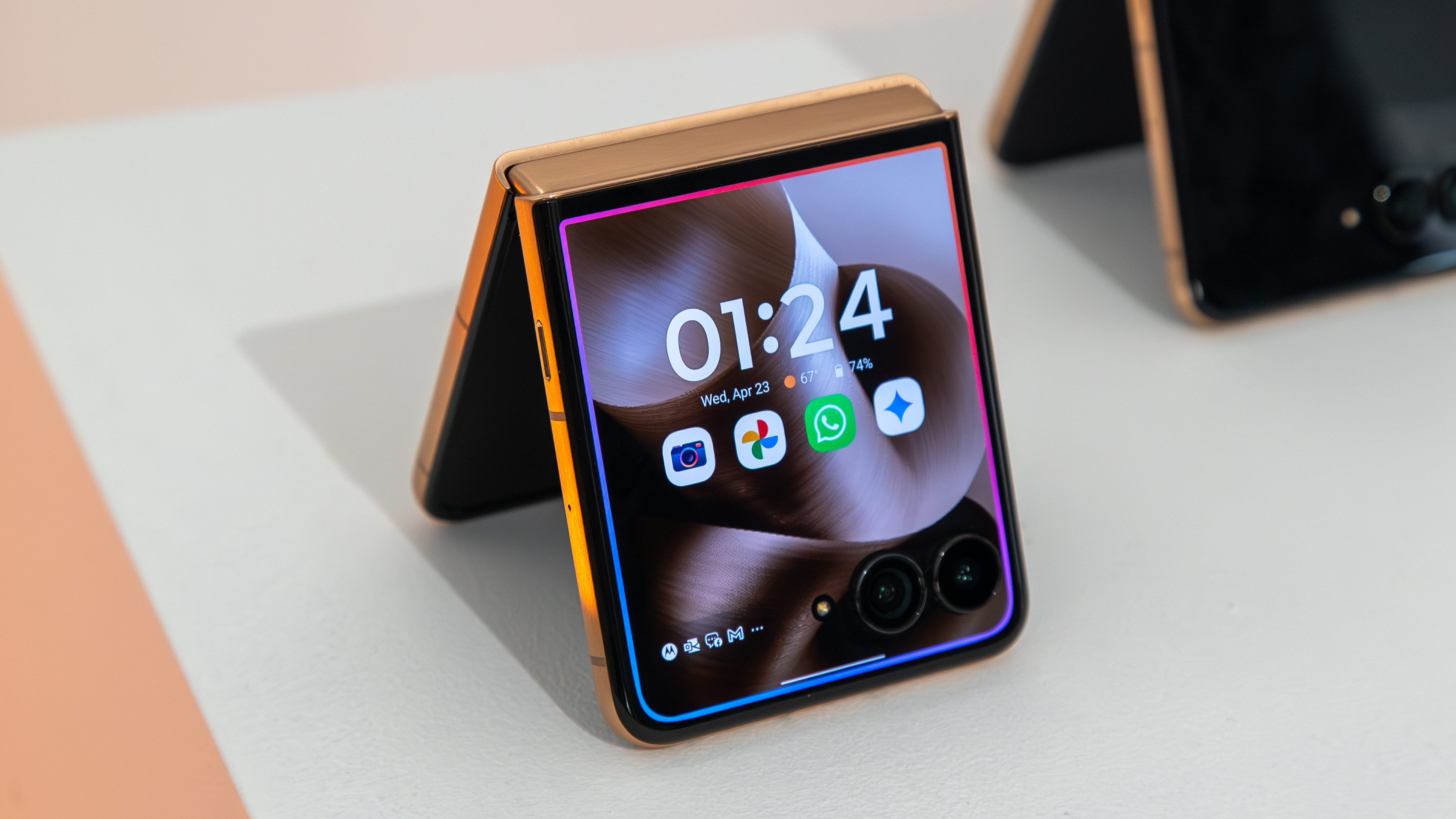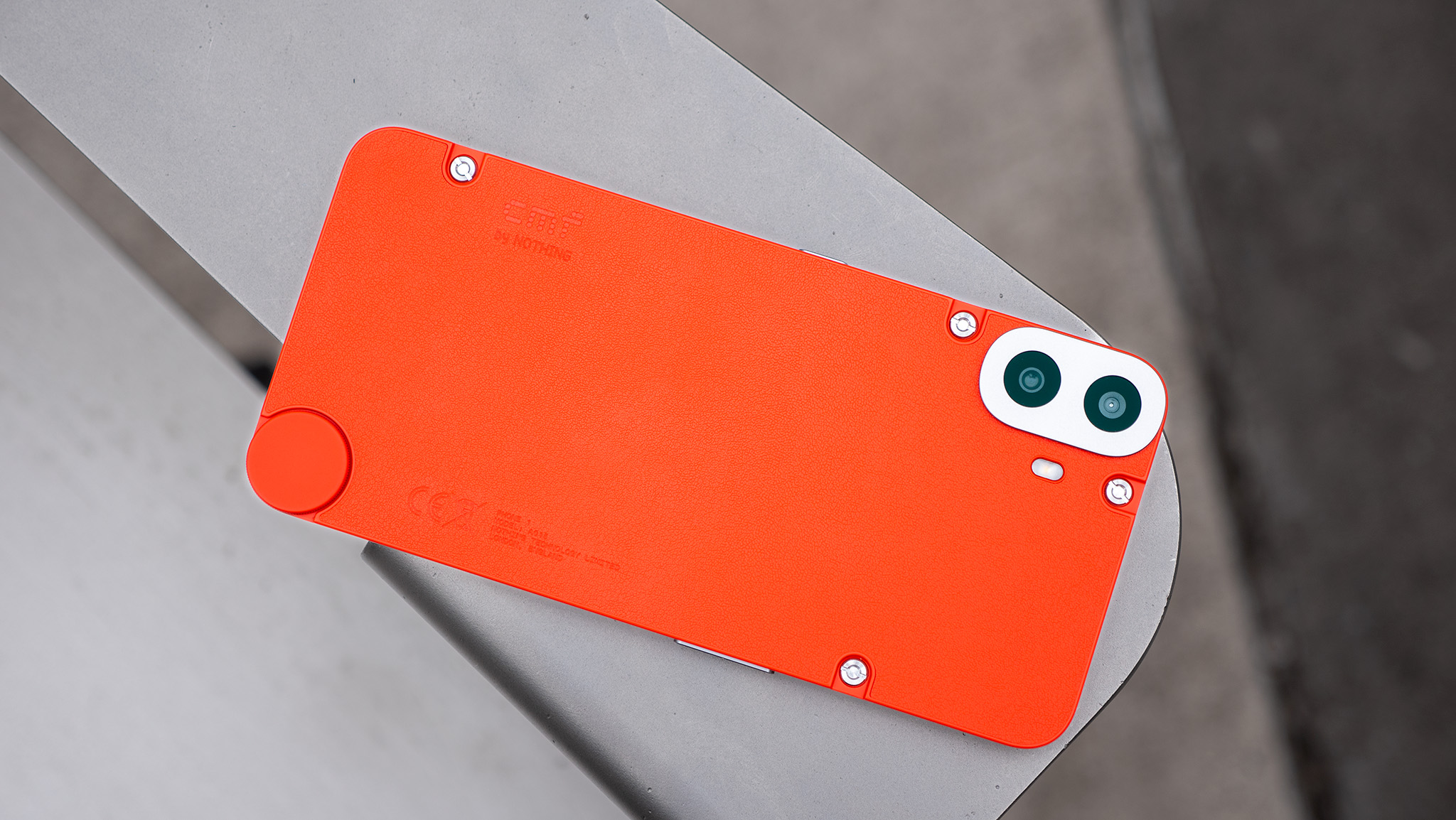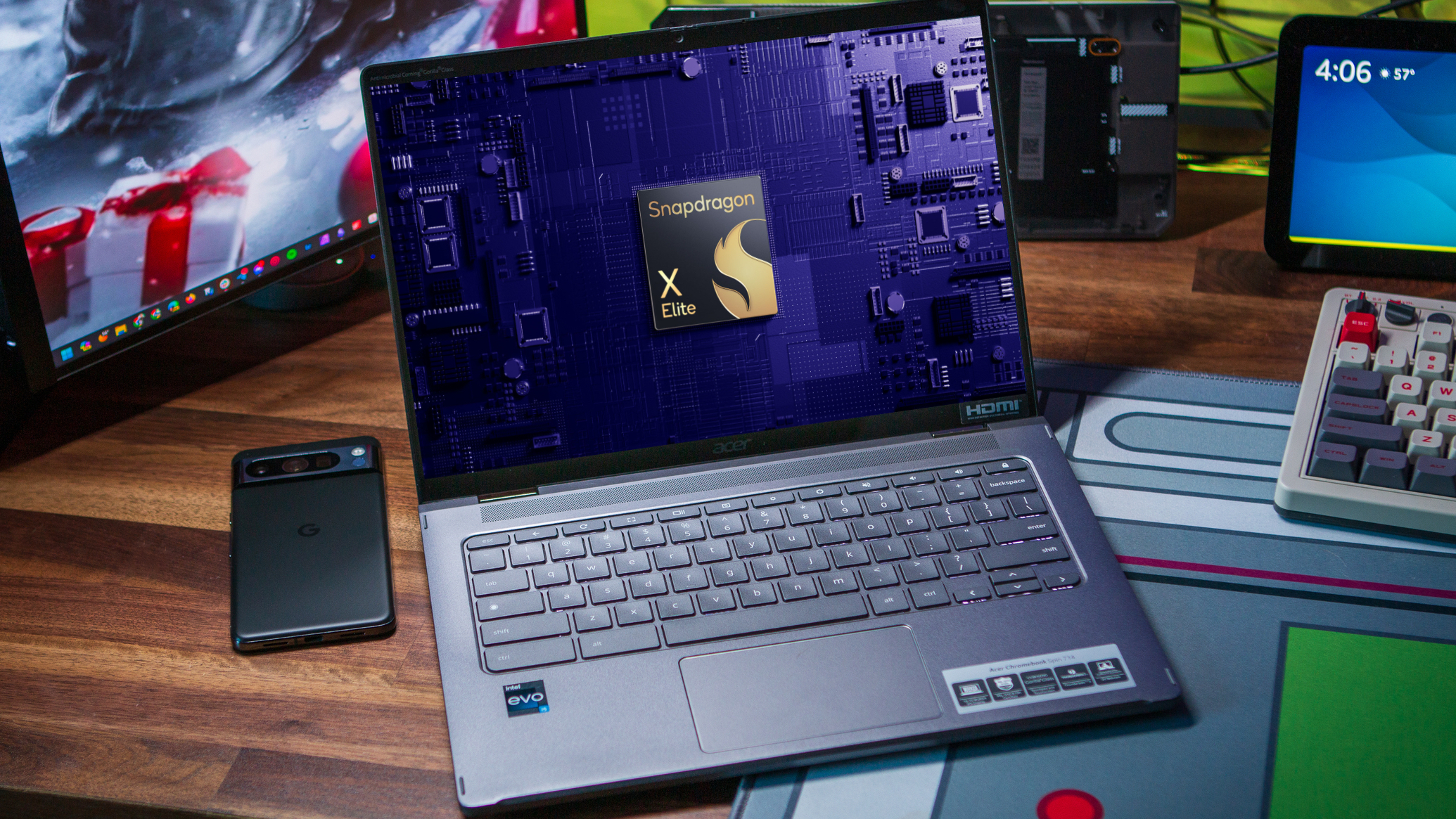Google's Find My Device Network: Progress Made, But Still Lags Behind Competitors
When Google unveiled its long-awaited Find My Device network in April 2024, the anticipation was palpable. However, the actual rollout was met not with the expected fanfare but rather with a muted response, as the network's slow launch and unfavorable reviews tempered excitement surrounding what was intended to be a robust competitor to Apple's AirTag. A year in technology can bring significant changes, and Google has vowed to improve its service from the moment the network went live. But has the situation really improved?
To answer this question, I undertook a comprehensive evaluation of the latest tracking devices from the top three manufacturers that offer compatible models: Pebblebee, Chipolo, and Motorola. Its important to note that Google has not yet released its own Pixel or Nest-branded tracker, and Samsung's SmartTags utilize their SmartThings Find network, not Google's. To provide a comprehensive comparison, I also acquired an Apple AirTag and a Tile tracker, which are significant competitors in the market.
From my testing, it became evident that the Find My Device network has made noticeable strides in the year since its initial launch. In optimal conditionssuch as in a bustling city with stationary trackersthe performance is comparable to that of Apples and Tiles systems. However, the network still encounters challenges in more complex scenarios, such as tracking moving devices or operating in rural environments, where gaps between Googles capabilities and those of its competitors remain apparent. Intriguingly, this discrepancy may be a deliberate aspect of the network's design.
The Network
In broad terms, the Find My Device network operates similarly to Apples Find My network. It enables users to locate dedicated tracking devices, as well as offline phones and tablets, and select third-party products equipped with Bluetooth tracking, including certain Sony headphones and earbuds. The basic function relies on Bluetooth technology, where trackers and lost devices connect with passing Android devices, which subsequently share their encrypted location data with the network. In theory, this allows users to visualize the location of their lost items on a map, ultimately guiding them to retrieve them.
However, its essential to approach this theory with caution, as the reality is more complex, particularly in the networks early phases. Unlike Apples Find My network, which can detect a device's location with just a single nearby iPhone making Bluetooth contact, Google has adopted a more cautious approach in handling location data. To protect the privacy of individual users, Googles Find My Device network defaults to aggregating location data. This means that multiple Android devices must make Bluetooth contact with a tracker before a single location can be shared based on the inputs from those separate devices. Consequently, this aggregation prevents the individual sharing of user location data unless users opt into more permissive privacy settings.
Furthermore, the intermittent nature of Bluetooth pings exacerbates the issue, as theres no guarantee that a passing Android phone will successfully connect to a tracker, making it more challenging to locate lost items. Many users experienced frustration shortly after the network's launch; for instance, a review of the Pebblebee Tag by Android Police in June 2024 revealed that they went an entire day without receiving a location ping from a lost tracker. Similar tests conducted by Android Central on Pebblebee and Chipolo trackers recorded periods of up to three days without any alerts.
In response to these shortcomings, Google publicly acknowledged the issues and, in June, promised that it was actively working to roll out enhancements aimed at improving the network's tracking speed and accuracy. Angela Hsiao, an Android product manager, shared that internal testing has shown that items can now be found, on average, four times faster than when the service first launched. This was corroborated in follow-up testing by Android Police in January, which noted that the trackers were performing significantly better.
The improvements can be attributed to two main factors. Firstly, Hsiao indicated that Google has been continuously making algorithmic and technical adjustments since the network's inception, including refining the frequency and duration of Bluetooth scanning. This has enhanced the likelihood of successful Bluetooth connections between devices. Secondly, user behavior has evolved over time. While the default setting prioritizes aggregated data for individual privacy, users now have the option to switch to an all areas setting. This option allows Google to utilize an individual phones location data for tracking purposes, similar to Apples network, thus eliminating the need for other devices to pass by. During the initial launch, very few users were utilizing this option, but Hsiao mentioned that the number of users opting in has increased, although specifics werent provided.
With that in mind, the question lingers: Is Google exaggerating its improvements, or has the Find My Device network genuinely reached a level comparable to Apples service?
The Trackers
Before diving into the results, its crucial to outline the devices I tested. The three leading manufacturers of dedicated Find My Device trackers in North America and Europe, Pebblebee, Chipolo, and Motorola, were included in my evaluation, as Google has yet to release its own offering.
Pebblebee boasts three models: the Clip, Tag, and Card. My focus was on the Clip, a circular tracker slightly larger than an AirTag, equipped with a built-in hole for keyring attachment. It has a Bluetooth range of up to 500 feetwhich is contingent on ideal conditionsand is uniquely USB-C rechargeable, promising up to a year of usage on a single charge, thus minimizing e-waste. The Tag is smaller and offers a shorter range, while the Card is tailored for wallets. All three models can connect to either Googles or Apples tracker networks, though only one at a time, allowing seamless transitions for users who may switch devices.
Chipolo, on the other hand, now exclusively offers the circular Chipolo Pop tracker, which is available in a variety of vibrant colors. Although it works with both Android and iOS, its Bluetooth range is shorter at 300 feet, and unlike Pebblebees models, these trackers feature non-rechargeable standard CR2032 batteries that need replacement approximately once a year.
Finally, theres the Motorola Tag, which is solely compatible with Android devices but closely resembles the AirTag in design, making it compatible with existing accessories. Its Bluetooth range is on par with Chipolos, using the same replaceable battery, and boasts an IP67 rating for water resistancethe best among the Google-powered options. Notably, this tracker also supports ultra-wideband (UWB) technology, which enables precise tracking with compatible phones, though Google has yet to activate UWB support within the network. Hsiao hinted that more details on this feature would be shared soon.
The Results
In my evaluation, I set out to determine how this assortment of trackers performed in three essential categories: tracking lost items via the broader network in both urban and less populated areas, finding items at close range using Bluetooth, UWB, and alarms, and triggering unknown tracker alerts when placed in someone elses belongings to prevent possible stalking.
To assess the first category, I hid my collection of trackers in a small park adjacent to a busy caf in Islington, London, where foot traffic was moderate but not overwhelming. The trackers were concealed behind a low brick wall, intentionally creating suboptimal conditions for Bluetooth connectivity. After marking each tracker as lost, I departed and waited to see how quickly they would be located.
The Tile Mate was the first to respond, notifying me just 15 minutes after I had marked it as lost, pinpointing its location only a few feet from where it was hidden. Following this, both the AirTag and the trio of Google trackers reported their locations about 15 minutes later; however, there was a significant distinction: while Apples location pin was highly accurate, the Google trackers each presented a search radius of about 20 feet, with their actual location just outside that perimeter. When I checked back a few hours later, the Google pins had adjusted to the correct locations, but they initially took longer to arrive at accurate results compared to Apple and Tile.
I conducted a similar test in a more remote suburban area along a secluded trail, where foot traffic was minimal. In this instance, the AirTag again emerged as the fastest, notifying me of its location within 15 minutesfaster than its urban response. The Tile tracker took slightly over an hour to locate my Mate, albeit inaccurately, as it suggested a position nearly 50 feet away. Unfortunately, throughout the four hours I spent in this area, no trackers from Googles network provided any alerts.
Next, I examined how well the trackers performed when needed to find items at close range. Initially, I expected Apple to take the lead due to its UWB support, which typically offers precise directional guidance and the ability to trigger an alarm for easier retrieval. Yet, to my surprise, the Chipolo, Pebblebee, and Motorola tags proved to be more audible. All three Google-powered trackers featured speakers significantly louder than Apples AirTag, allowing them to be heard from several rooms awaya crucial feature for those who might be searching for their misplaced items.
Nevertheless, this loudness does not negate the issue of proximity. In my extensive testing over several weeks, the narrative consistently revealed that while Googles network performed similarly to Apples in busy environments, it often lacked precision. This was particularly evident when tracking moving items. When my partner carried my collection of trackers during a night outthis was done with her consent, of coursethe Find My Device network was able to identify her location while she was at a bar. However, it frequently provided imprecise search areas, sometimes encompassing entire neighborhoods.
The inconsistency in tracking accuracy stems directly from Googles reliance on aggregated data. If a tracker is in motion, the different devices it connects to will report varying locations, resulting in a broader search area for users. For example, if you leave your backpack in a bar, Googles network may help you find it. However, if you leave it in a taxi, locating it could become significantly more challenging.
In defense of Google, Hsiao explained that the network is intentionally designed with a balance that prioritizes safety over continuous, real-time tracking capabilities. This prioritization aims to protect individual users' location data while also safeguarding potential stalking victims by eschewing real-time tracking features.
The safety measures extend to the alerts for unknown trackers. Unfortunately, none of the systems seem to excel in this regard. Tile doesnt offer this feature at all, instead promoting it as a means to avoid alerting potential thieves about being tracked. Meanwhile, interoperability remains a significant challenge. While my friends iPhones would reliably detect my AirTag when included in my partners belongings, Android phones occasionally alerted about the Find My Device tags. However, it was uncommon for either system to properly recognize trackers from the others network. This limitation doesnt bode well for users, and it appears to be a problem shared by both Apple and Google, as they previously collaborated to establish an industry standard for detecting unwanted trackers, which hasnt proven very effective.
In summation, even after 12 months of development, its evident that Googles Find My Device network still does not match Apples Find My system concerning locating lost items. What has changed is that the disparity now seems more philosophical than technologicalGoogle has seemingly opted for enhanced privacy over the ability to provide precise, real-time tracking. For users who prioritize reliable tracking of their lost belongings, this decision could be a significant drawback, as Apples AirTag often performs more effectively, with Tiles network occasionally proving more accurate as well. Googles strategy appears to hinge on the notion that good enough is sufficient, believing that most users prioritize the occasional successful location of lost items over the need for precise tracking capabilities. As a result, users may be willing to trade off the nuances of tracking for a network that emphasizes user safety and privacy.
This approach diverges from Googles traditional image as a company that seldom compromises functionality in favor of privacy. Therefore, despite the shortcomings of the Find My Device network, there is merit in its careful balancing act between privacy and effectiveness.
Photography by Dominic Preston / The Verge

























